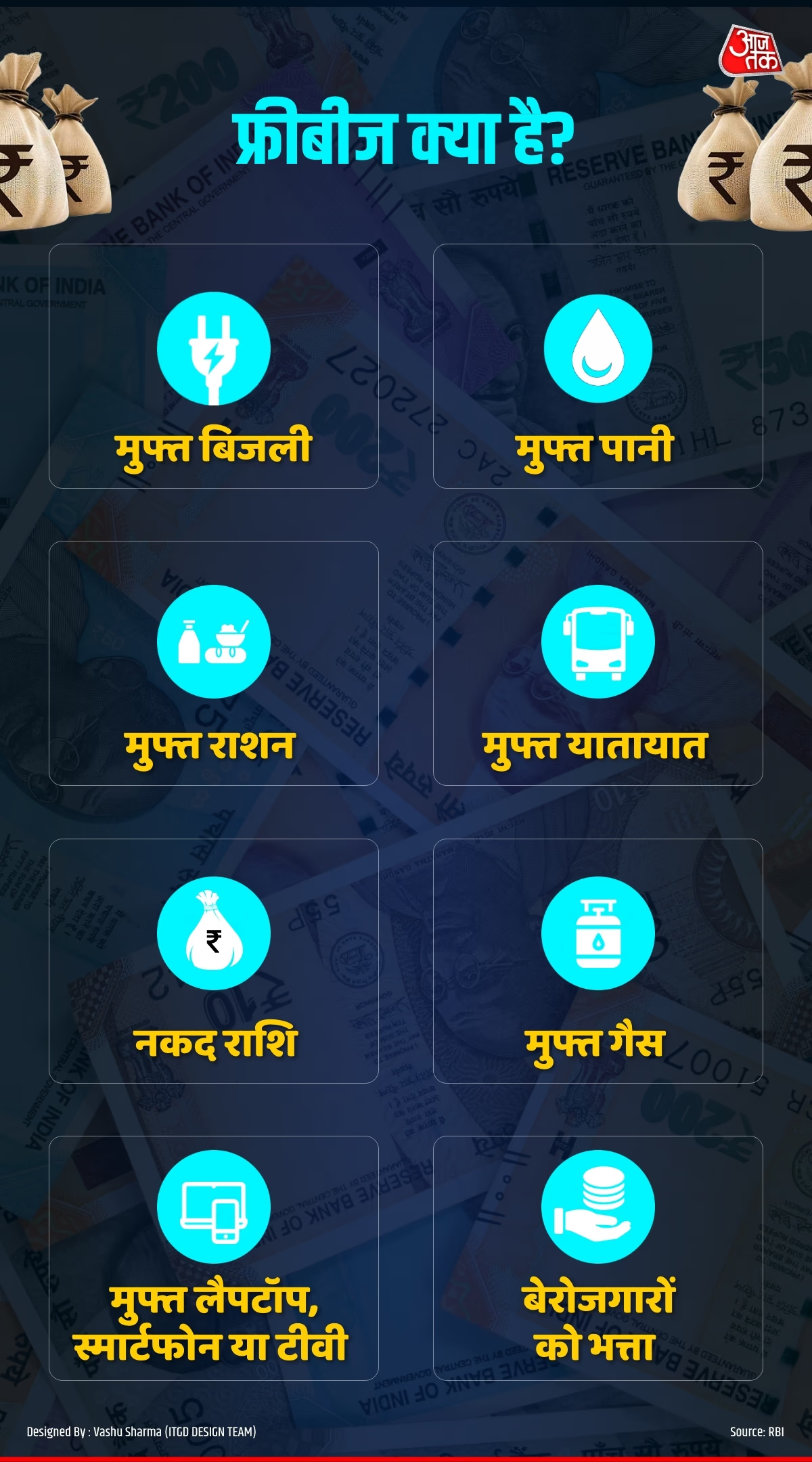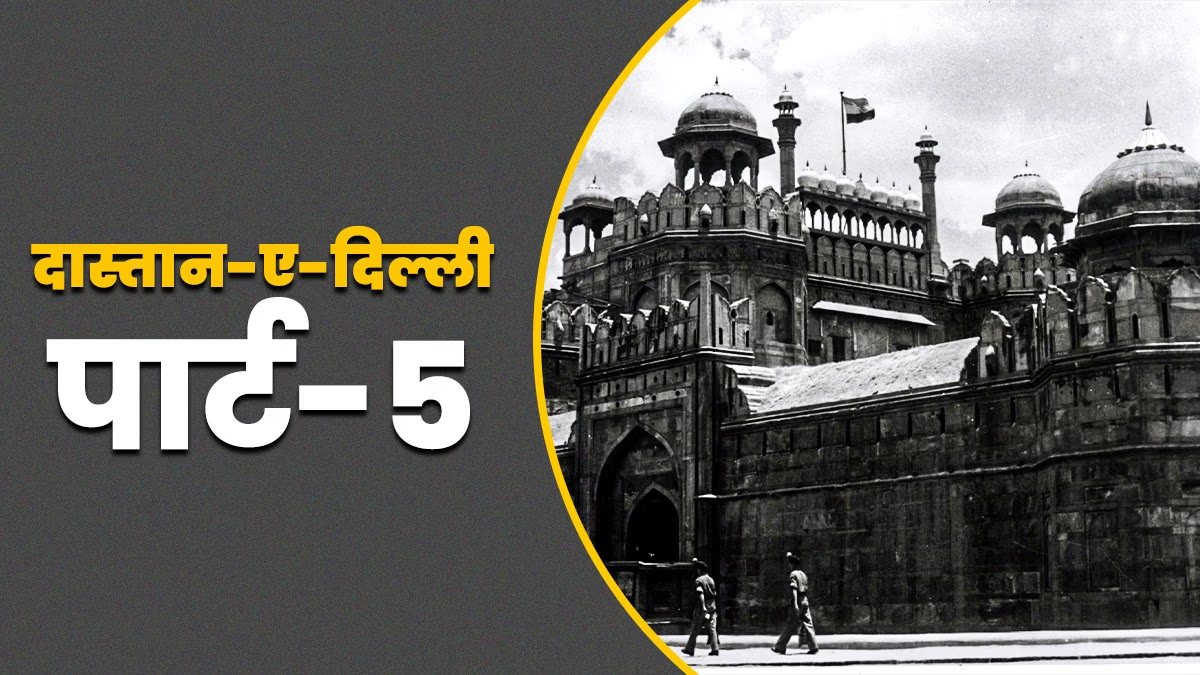"Give a man a fish and you feed him for a day; teach a man to fish and you feed him for a lifetime."
This quote encapsulates the growing culture of freebies in India.
Looking at election promises, manifestos, and government trends, it seems that giving fish every day is currently deemed easier. There's less emphasis on teaching citizens to fish or providing opportunities.
However, this 'easy work' comes with severe long-term implications, as highlighted by Narendra Modi's top economist. Chairman of the 16th Finance Commission, Arvind Panagariya, expresses serious concern about the trend of a freebies economy in India and says it's time people decide whether they want free stuff or better roads, drainage, and clean water.
Choose: Better Amenities or Money in the Account
In Panaji, Goa, when questioned about the use of development funds for providing freebies, Panagariya expressed concern over states using allocated funds for these purposes. He stressed that if money is meant for development projects, it should be used for those ends, but ultimately, decisions are made by the elected government in a democracy.
Arvind Panagariya, who was Vice Chairman of the NITI Aayog, voiced his concerns about the trend and clarified that such decisions do not fall under the Finance Commission's purview. The Commission can bring up the issue generally for macroeconomic stability but cannot dictate how states spend their funds.
He pointed to the responsibility citizens bear since they elect the government.
"If citizens vote for governments based on free facilities, they are essentially asking for freebies. In the end, citizens must choose whether they want better services, roads, sewers, and water, or if they want these freebies transferred to their bank accounts."
Freebies aren't a new phenomenon in Indian politics; Tamil Nadu is known for it. This strategy, effective in securing votes en masse, has now spread to every state, adopted by all political parties.
Let's first understand what freebies precisely mean.
Understanding Freebies
A 2022 Reserve Bank report describes freebies as welfare items or services provided free of charge. In India, this refers to various items provided to citizens free of cost, often promised by political parties ahead of elections expecting votes in return.

Source: aajtak
Examples of freebies include free rice, wheat, electricity, water, bicycles, laptops, TVs, and sarees. Cash transfers to citizens' accounts also expand this definition. Welfare schemes like unemployment benefits, widow pensions, senior citizen pensions, and loan waivers can also fit under this broad definition.
These initiatives don't produce goods or services and instead empty government coffers, burdening the treasury. States like Maharashtra, Himachal Pradesh, Karnataka, Jharkhand, Delhi, and Punjab grapple with fiscal deficits stemming from these promises, forcing states to choose how funds are utilized.
Delhi's Free Water, Electricity, and Vote Connection
Promises of free water and electricity propelled Arvind Kejriwal to power in Delhi, but this pledge came with hefty fiscal implications. Ahead of the elections, Kejriwal promised Rs 1000 monthly to poor women, alongside other free schemes.
According to The Indian Express, providing 200 units of free electricity costs Delhi's government Rs 3250 crores annually.
In the 76000 crore budget, Delhi allocated Rs 6327.8 crores for freebies.
If Kejriwal's Women Respect Scheme is implemented, it could cost Delhi's budget an additional Rs 4560 crores, pushing the subsidy proportion to 15-20% of the total budget, potentially leading to a budget deficit of 8,159 crores for the next administration.
Surely, these funds could have been spent on essential development in Delhi. Intriguingly, both Congress and BJP have promised even more freebies (300 units of electricity) if elected.
The Burden of Maharashtra's Ladki Yojana
Maharashtra's Ladki Yojana's success left BJP staggered. This scheme, substantial in securing votes for BJP, is struggling post-election to implement. Pre-election, the scheme provided Rs 1500 monthly to below-poverty-line women.
After elections, Mahayuti promised it would increase to Rs 2100 monthly. For this, the government annually needs Rs 63000 crores. Last year's budget allocated Rs 46000 crores for it.
The Indian Express reports the state is struggling to launch such a massive-budget scheme. Officials further comment that a decision could occur next fiscal year due to the current financial constraints.
Recently, Maharashtra’s Agriculture Minister Manikrao Kokate expressed concerns that the scheme was financially burdensome, affecting the Agricultural Debt Waiver scheme's implementation.
The Question of Free in Himachal
In Himachal Pradesh, Sukhwinder Sukhu's government made 'free' promises pre-election. It promised to restore the old pension scheme, provide Rs 1500 to women, and offer 125 free electricity units.
The state's economy faltered upon these schemes' implementation. Last year, on September 1, 2024, officials and pensioners were shocked by missing salaries and pensions, exposing financial stress.
Vital projects lacked funding as Sukhwinder Sukhu's government began cutting back, urging citizens to forego electricity subsidies, potentially saving Rs 750 crores. The predicted fiscal deficit for 2024-25 stands at Rs 10,784 crores.
Jharkhand's Plea to the Center
Jharkhand's Hemant Soren leveraged freebies to secure votes and reclaimed power. The Maaiya Respect Scheme, providing Rs 1000 monthly to BPL women, is widely popular, though it increased to Rs 2500.
Upon assuming power, the January 6 announcement saw the scheme cost the state's treasury Rs 1415.44 crores for a month. For a smaller state like Jharkhand, it's an annual burden of Rs 16980 crores.
Besides this, Soren's government also provides free electricity, further straining finances. Seeking help, the state government requested a 1.36 lakh crore fund from the center, claiming it as coal royalty dues.
The Difference Between Freebies and Welfare Schemes
If the nature of freebies changes, they needn't be negative. From an economic standpoint, direct monthly cash transfers to women may seem unproductive, but if professional training was funded instead, the impact could be positive. Long-term unemployment benefits may appear unproductive but scholarships could foster new talent.
Subsidies on railway tickets or fertilizers impact the entire nation, enhancing spending power.




